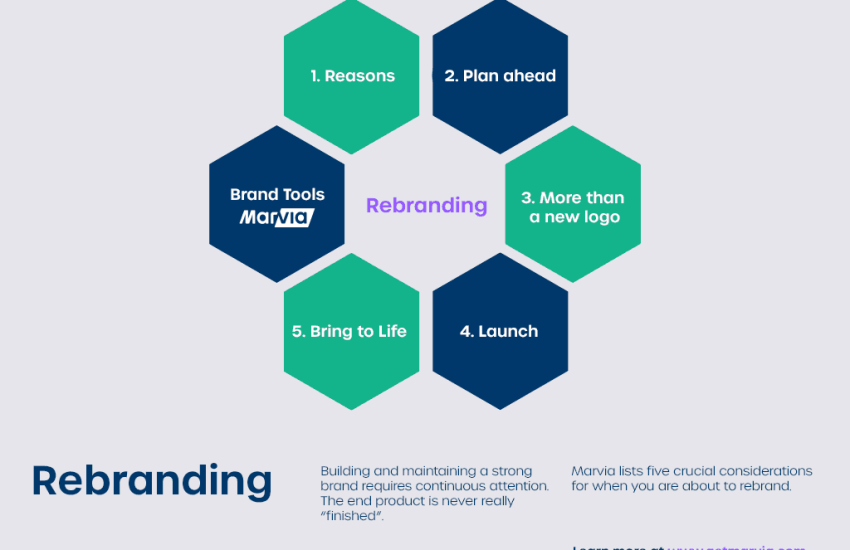The Role of Visual Identity in Branding
In today’s digital age, establishing a strong visual identity is crucial for any tech company looking to build a successful brand. Visual identity goes beyond just having a logo; it encompasses the overall look and feel of a brand, including colors, typography, imagery, and design elements. A well-defined visual identity not only sets a brand apart from its competitors but also helps to communicate its values and personality to consumers.
The Importance of Visual Identity
Visual identity plays a significant role in branding because it is often the first thing that customers notice and remember about a company. When done effectively, a visual identity can create a lasting impression in the minds of consumers, making it easier for them to recognize and connect with the brand. This recognition can lead to increased trust and loyalty, ultimately driving sales and growth for the business.
Key Elements of Visual Identity
There are several key elements that make up a strong visual identity:
Logo: The logo is the most recognizable element of a brand’s visual identity and serves as the primary symbol of the company. A well-designed logo should be simple, memorable, and representative of the brand’s values and mission.
Color Palette: Colors play a crucial role in brand recognition and can evoke specific emotions and associations in consumers. A carefully chosen color palette can help reinforce a brand’s identity and differentiate it from competitors.
Typography: The choice of typography can also impact how a brand is perceived. Fonts should be selected based on their readability, personality, and compatibility with the overall visual identity.
Imagery: Images and graphics are powerful tools for conveying a brand’s message and values. Consistent use of imagery that aligns with the brand’s identity can help reinforce its positioning in the market.
Creating a Strong Visual Identity
When developing a visual identity for a tech brand, it is essential to consider the following factors:
Target Audience: Understanding the preferences and expectations of the target audience is critical when designing a visual identity. The visual elements should resonate with the target market and reflect their values and lifestyle.
Consistency: Consistency is key to building a strong visual identity. All visual elements should be cohesive and aligned with the brand’s messaging across all touchpoints, including the website, social media, and marketing materials.
Differentiation: In a crowded marketplace, it is essential for brands to stand out from the competition. A unique and memorable visual identity can help differentiate a brand and attract the attention of consumers.
Adaptability: A visual identity should be flexible enough to adapt to different channels and formats while maintaining its core elements. This ensures a consistent brand experience regardless of where the brand is encountered.
Conclusion
In conclusion, visual identity plays a crucial role in shaping a brand’s identity and connecting with consumers. By carefully crafting a visual identity that reflects the brand’s values and resonates with the target audience, tech companies can establish a strong and memorable brand that stands out in the market. Investing in a well-defined visual identity is not only a smart business decision but also a key factor in building long-term success and growth.
Embrace the power of visual identity in your branding strategy and watch as your tech brand gains recognition and loyalty from customers.


